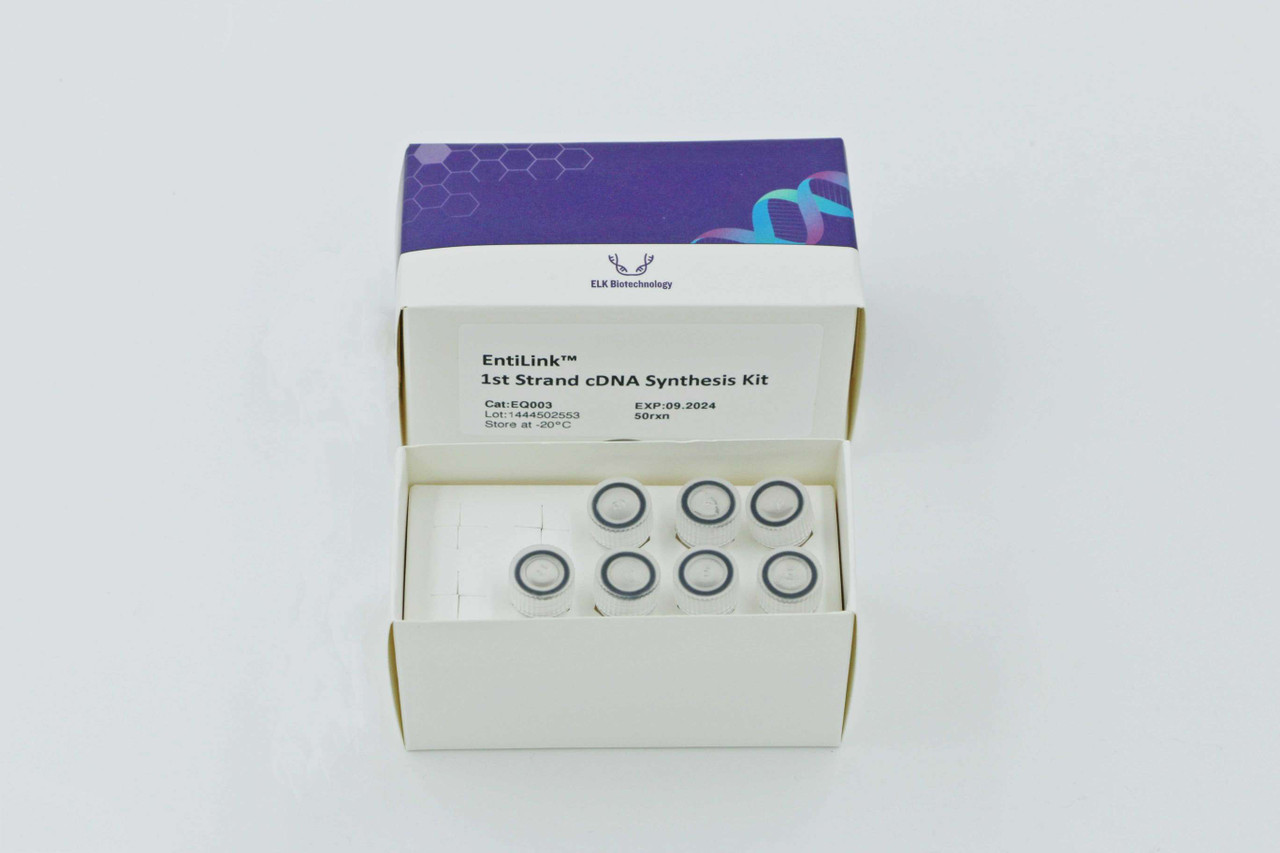

Articles
How To Store Cdna
Modified: December 7, 2023
Learn how to properly store CDNA articles to ensure their longevity and usability. Our step-by-step guide offers expert tips and techniques.
(Many of the links in this article redirect to a specific reviewed product. Your purchase of these products through affiliate links helps to generate commission for Storables.com, at no extra cost. Learn more)
Introduction
Welcome to this comprehensive guide on how to store cDNA. cDNA, or complementary DNA, is widely used in molecular biology research for various applications, including gene expression analysis, cloning, and sequencing. Proper storage of cDNA is crucial to maintain its integrity and ensure accurate and reliable results in future experiments.
Storing cDNA in the right conditions can help preserve its quality and prevent degradation or contamination. In this article, we will explore the importance of proper cDNA storage, factors to consider before storing cDNA, materials required, step-by-step guidelines, and best practices for long-term storage.
Whether you are a seasoned researcher or just starting your journey in the field of molecular biology, this guide will provide you with essential information to help you store cDNA effectively. So, let’s dive in!
Key Takeaways:
- Proper storage of cDNA is essential to preserve genetic information, maintain sample integrity, and support future research and replicability in molecular biology experiments.
- Adhering to best practices, such as storing cDNA at -80°C, using high-quality cryoprotectants, and maintaining a sterile environment, ensures the longevity and quality of stored cDNA samples.
Read more: How To Store Basil From Store
Why is it important to store cDNA?
Proper storage of cDNA is crucial for many reasons. Here are some key reasons why it is important to store cDNA correctly:
- Preservation of genetic information: cDNA is synthesized from messenger RNA (mRNA) and contains valuable genetic information. Storing cDNA ensures the preservation of this genetic material, allowing researchers to refer back to it for future experiments and analysis.
- Maintaining sample integrity: Good storage practices help maintain the integrity of cDNA samples, preventing degradation or damage. This is important to ensure that the stored cDNA accurately reflects the original genetic information and can be used reliably in subsequent experiments.
- Opportunity for future research: Storing cDNA opens up opportunities for future research. Researchers may want to re-analyze the samples or use them for different experiments at a later stage. Proper storage ensures that the cDNA remains viable for future use, saving time and resources.
- Quality control and replicability: Storing cDNA under proper conditions allows for quality control and replicability of experiments. In research, it is essential to maintain consistency and reproducibility, and properly stored cDNA ensures that researchers can replicate their experiments with confidence.
- Long-term research projects: Many research projects extend over an extended period, spanning months or even years. In such cases, storing cDNA becomes crucial to preserve the samples for the duration of the project. Proper storage ensures that the cDNA remains stable and usable, even after an extended period.
Overall, proper storage of cDNA is essential to preserve genetic information, maintain sample integrity, facilitate future research, ensure replicability, and support long-term research projects. Now that we understand the importance of cDNA storage, let’s explore the factors to consider before storing cDNA.
Factors to consider before storing cDNA
Before storing cDNA, there are several crucial factors to consider to ensure optimal preservation and usability of the samples. Let’s explore some of these factors:
- Purity and quality of cDNA: It is essential to ensure that the cDNA samples are of high quality and purity before storage. Contaminants or impurities in the cDNA can affect its stability and integrity over time. Therefore, it is recommended to perform quality control checks, such as measuring the concentration and purity of cDNA using spectrophotometry or gel electrophoresis, before storing the samples.
- Storage temperature: The temperature at which cDNA is stored plays a pivotal role in its stability. Generally, cDNA should be stored at -80°C for long-term storage. This temperature helps prevent enzymatic degradation and maintains the integrity of the genetic material. It is crucial to have access to a reliable ultra-low temperature freezer to maintain a consistent temperature throughout the storage period.
- Cryoprotectants: Cryoprotectants are substances that help protect cDNA from freezing-induced damage. Adding a cryoprotectant like glycerol or dimethyl sulfoxide (DMSO) to the cDNA samples before freezing can enhance their stability. These cryoprotectants prevent the formation of ice crystals, which can damage the genetic material. The optimal concentration of cryoprotectant should be determined experimentally.
- Suitable storage containers: Choosing the right storage containers is essential for cDNA preservation. Use sterile, non-porous, and leak-proof containers that can withstand freezing temperatures. It is advisable to use microcentrifuge tubes or cryovials made from materials compatible with low temperatures, such as polypropylene. Label each container with relevant information like sample ID, date of storage, and any other necessary details.
- Protection from light: cDNA samples are sensitive to light, particularly UV radiation, which can cause damage. To protect the samples from light exposure, store the containers in amber-tinted tubes or wrap them with aluminum foil. This precautionary measure helps prevent photochemical reactions and maintains the stability of the genetic material.
These factors should be carefully considered before storing cDNA to ensure optimal preservation and usability of the samples. Now that we have explored the factors to consider, let’s move on to the materials required for storing cDNA.
Materials required for storing cDNA
Before you can embark on the process of storing cDNA, it is important to gather all the necessary materials. Having the right equipment and supplies ensures that you can store cDNA in the most effective and efficient manner. Here are the key materials required for storing cDNA:
- Microcentrifuge tubes or cryovials: These tubes or vials serve as the primary containers for storing cDNA. Opt for sterile, leak-proof, and non-porous tubes made of materials like polypropylene, which can withstand low temperatures. The size of the tubes or vials should be appropriate for the volume of cDNA you plan to store.
- Freezer or ultra-low temperature freezer: To preserve the integrity of cDNA, a freezer capable of maintaining a temperature of -80°C or lower is essential. Invest in a reliable ultra-low temperature freezer, which provides a consistent and controlled environment for long-term storage of cDNA.
- Cryoprotectants: Cryoprotectants are substances added to cDNA samples to protect them from damage during freezing. Common cryoprotectants include glycerol and dimethyl sulfoxide (DMSO). Ensure that you have access to high-quality cryoprotectants and determine the optimal concentration for your specific cDNA samples.
- Pipettes and pipette tips: Accurate and precise measurement of cDNA volumes is crucial. Invest in reliable pipettes and a variety of pipette tips suitable for your specific requirements.
- Labels and marker pens: Proper labeling of the storage containers is essential for easy identification and tracking of cDNA samples. Obtain high-quality labels and marker pens that can withstand freezing temperatures and do not smudge or fade.
- Amber-tinted tubes or aluminum foil: Light exposure can degrade cDNA samples. Use amber-tinted tubes or wrap the storage containers with aluminum foil to protect the samples from light, particularly UV radiation.
- Documentation and record-keeping tools: Maintaining accurate and detailed records of cDNA samples is crucial for future reference. Have a notebook or electronic documentation system to record relevant information, such as sample ID, date of storage, cryoprotectant concentration, and any other necessary details.
By ensuring that you have all the necessary materials, you can proceed with storing cDNA in a systematic and organized manner. Now that we have covered the materials required, let’s move on to the step-by-step guide for storing cDNA.
Step-by-step guide to storing cDNA
Storing cDNA properly is essential to maintain its integrity and usability over time. Follow this step-by-step guide to ensure the correct storage of your cDNA samples:
- Prepare your cDNA samples: Make sure that your cDNA samples are of high quality and purity before proceeding with storage. Perform any necessary quality control checks, such as measuring concentration and purity using spectrophotometry or gel electrophoresis techniques.
- Add cryoprotectant: If desired, add an appropriate cryoprotectant, such as glycerol or DMSO, to your cDNA samples. Determine the optimal concentration of the cryoprotectant through experimental optimization.
- Label the storage containers: Use labels or markers to clearly label each storage container with relevant information, such as sample ID, date of storage, and any other necessary details. This step is crucial for easy identification and tracking of samples.
- Transfer cDNA to microcentrifuge tubes or cryovials: Carefully transfer your cDNA samples to sterile and leak-proof microcentrifuge tubes or cryovials. Ensure that the volume of the container is suitable for your cDNA sample volume.
- Seal the containers: Ensure that the containers are tightly sealed to prevent any leakage or contamination. Make sure the lids or caps are securely fastened.
- Protect from light: If you are using clear containers, wrap them with aluminum foil to protect the cDNA samples from light exposure. Alternatively, use amber-tinted tubes to shield the samples from UV radiation.
- Store in a freezer: Place your cDNA samples in a freezer set at a temperature of -80°C or lower. Make sure the freezer is reliable and can consistently maintain the desired temperature throughout the storage period.
- Organize and document: Maintain an organized system for storing and tracking your cDNA samples. Keep a detailed record of each sample, including its location in the freezer, relevant information, and any additional notes that may be helpful for future reference.
Following these steps will help ensure that your cDNA samples are stored correctly, preserving their integrity and usability for future experiments. Now, let’s move on to the next section where we will discuss common mistakes to avoid when storing cDNA.
Store cDNA at -20°C to maintain its stability and integrity. Avoid repeated freeze-thaw cycles to prevent degradation. Use RNase-free water for reconstitution.
Read more: How To Store Store-Bought Bread
Common mistakes to avoid when storing cDNA
Proper storage of cDNA is crucial for maintaining its integrity and usability. However, there are some common mistakes that researchers may unknowingly make when storing cDNA. Avoiding these mistakes can help ensure the longevity and quality of your cDNA samples. Here are some common mistakes to avoid:
- Inadequate sample preparation: Failing to properly prepare your cDNA samples before storage can lead to degradation or contamination. Ensure that your samples have undergone appropriate quality control checks and are of high purity before proceeding with storage.
- Incorrect storage temperature: cDNA should be stored at -80°C or lower to maintain its stability. Avoid storing cDNA at higher temperatures, as it can lead to enzymatic degradation and loss of genetic material. Invest in a reliable freezer that can consistently maintain the desired temperature.
- Skipping cryoprotectants: Cryoprotectants play a crucial role in protecting cDNA from freezing-induced damage. Skipping the addition of cryoprotectants such as glycerol or DMSO can result in sample degradation during freezing and storage. Determine the optimal concentration of cryoprotectant and include it in your storage protocol.
- Using improper storage containers: Choosing the wrong storage containers can lead to sample leakage, contamination, or loss of integrity. Use sterile, leak-proof, and non-porous microcentrifuge tubes or cryovials made of materials like polypropylene, which can withstand low temperatures and prevent sample loss or contamination.
- Neglecting light protection: cDNA samples are sensitive to light, especially UV radiation, which can degrade the genetic material. Failing to protect your samples from light exposure can compromise their integrity. Use amber-tinted tubes or wrap containers with aluminum foil to shield the samples from light.
- Lack of proper documentation: Accurate and detailed record-keeping is vital for future reference and tracking of your cDNA samples. Neglecting to document essential information such as sample ID, storage date, cryoprotectant concentration, and any other relevant details can lead to confusion and difficulty in locating samples.
- Poor organization of stored samples: Disorganized storage can lead to misplaced or lost samples, making it challenging to retrieve them when needed. Implement a systematic organization system, clearly labeling the containers and maintaining an accurate inventory of stored samples.
- Failing to regularly monitor freezer conditions: Freezers can experience temperature fluctuations or malfunctions, which can impact the storage conditions of your cDNA samples. Regularly monitor and record the temperature of your freezer to ensure that it is consistently maintaining the desired temperature.
By avoiding these common mistakes, you can ensure the longevity and quality of your stored cDNA samples. Now that we have covered the common mistakes, let’s proceed to the next section: best practices for long-term storage of cDNA.
Best practices for long-term storage of cDNA
Long-term storage of cDNA requires careful consideration and adherence to best practices to ensure the integrity and usability of the samples over an extended period. Follow these best practices for optimal long-term storage of cDNA:
- Store at -80°C or lower: Maintain a consistent temperature of -80°C or lower to prevent enzymatic degradation and preserve the integrity of the cDNA. Regularly monitor and record the freezer temperature to ensure it remains within the desired range.
- Use high-quality cryoprotectants: Include cryoprotectants such as glycerol or DMSO in your storage protocol to protect cDNA from freezing-induced damage. Determine the optimal concentration of the cryoprotectant through experimental optimization.
- Protect from light: Shield cDNA samples from light, particularly UV radiation, by using amber-tinted tubes or wrapping containers with aluminum foil. Light exposure can degrade the genetic material and compromise the quality of stored cDNA.
- Ensure a sterile environment: Maintain sterility during the storage process to minimize the risk of contamination. Work in a clean and controlled environment, using sterile gloves, pipettes, and other equipment to handle cDNA samples.
- Maintain an organized system: Implement a systematic approach to label and organize your stored cDNA samples. Clearly label each container with relevant information, such as sample ID and storage date. Keep a detailed record or inventory system to track the location and details of each sample.
- Backup samples: Consider creating duplicate samples or aliquots of your cDNA and store them separately. This precautionary measure can provide a backup in case of accidental loss or damage to the primary samples.
- Regularly monitor storage conditions: Regularly check and record the temperature of your freezer to ensure it remains within the desired range. Monitor for any signs of freezer malfunction or temperature fluctuations that could affect the quality of stored cDNA.
- Maintain a laboratory-wide storage policy: Establish a comprehensive storage policy within your research laboratory or organization. Clearly communicate the best practices for cDNA storage to all researchers to ensure consistency and adherence to proper storage protocols.
By following these best practices, you can enhance the longevity and integrity of your stored cDNA samples, ensuring their viability and usability for future experiments. Now that we have covered best practices for long-term storage, let’s move on to the frequently asked questions (FAQs) about cDNA storage.
Frequently Asked Questions (FAQs) about cDNA storage
Here are some frequently asked questions about cDNA storage:
- Can I store cDNA at -20°C instead of -80°C?
- Can I store cDNA in a regular refrigerator?
- How should I thaw frozen cDNA samples?
- Is it necessary to aliquot cDNA samples before storage?
- How long can cDNA be stored?
- Can I refreeze thawed cDNA samples?
- What precautions should I take to prevent contamination during cDNA storage?
- Can I store cDNA samples for RNA-seq analysis?
Storing cDNA at -20°C can be a short-term solution, but for long-term storage, it is recommended to store cDNA at -80°C or lower. The lower temperature helps to maintain the integrity of the genetic material and minimize the risk of degradation over time.
No, regular refrigerators are not suitable for storing cDNA. They do not provide the consistent and low temperatures required to preserve the integrity of the genetic material. It is essential to use a reliable ultra-low temperature freezer set at -80°C or lower for proper cDNA storage.
When thawing frozen cDNA samples, it is recommended to quickly transfer the sample to a water bath set at room temperature (around 25°C) and gently swirl or agitate the sample until it is completely thawed. Avoid multiple freeze-thaw cycles, as this can lead to sample degradation.
Aliquoting cDNA samples into smaller volumes can be beneficial to minimize the number of freeze-thaw cycles. By dividing the cDNA into smaller aliquots, you can thaw only the required amount for each experiment, reducing the risk of degradation in the remaining aliquots.
The longevity of cDNA storage largely depends on the quality of the samples and the storage conditions. When stored at -80°C or lower and protected from light and contamination, cDNA can be stored for several years without significant degradation.
It is generally not recommended to refreeze thawed cDNA samples. Each freeze-thaw cycle can lead to degradation and potential loss of genetic material. It is best to aliquot the cDNA into smaller volumes before storage to avoid the need for refreezing.
To prevent contamination during cDNA storage, work in a clean and sterile environment. Use sterile gloves, pipettes, and other equipment. Ensure that the storage containers are sterile and tightly sealed to prevent any external contaminants from entering the samples.
Yes, cDNA samples can be stored for RNA-seq analysis. Proper storage at -80°C or lower, protection from light, and careful handling can help maintain the quality and integrity of the cDNA samples required for RNA-seq experiments.
These FAQs provide answers to common questions about cDNA storage. If you have any further queries or concerns, it is recommended to consult with your lab supervisor or refer to specific protocols and guidelines provided by reputable scientific institutions.
With this information, you are now equipped with the knowledge and guidelines to store cDNA effectively. Proper storage practices will help preserve the integrity and quality of your cDNA samples, ensuring reliable and accurate results in your molecular biology research.
Experiment with different keywords in your article to optimize it for search engines.
Conclusion
In conclusion, proper storage of cDNA is of utmost importance to maintain its integrity and usability in molecular biology research. Storing cDNA correctly ensures the preservation of genetic information, maintains sample integrity, facilitates future research, and supports reproducibility in scientific experiments.
Before storing cDNA, it is crucial to consider factors such as the purity and quality of samples, storage temperature, cryoprotectants, suitable storage containers, and protection from light. Following these considerations and using the right materials, including microcentrifuge tubes or cryovials, freezers, cryoprotectants, and labels, is essential for effective cDNA storage.
By following a step-by-step guide and avoiding common mistakes such as inadequate sample preparation, incorrect storage temperature, skipping cryoprotectants, using improper storage containers, neglecting light protection, poor documentation, and disorganized sample storage, you can ensure optimal outcomes in cDNA storage.
Adhering to best practices, including storing cDNA at -80°C or lower, using high-quality cryoprotectants, protecting samples from light, maintaining a sterile environment, organizing samples meticulously, regularly monitoring storage conditions, and implementing a lab-wide storage policy, will enhance the longevity and quality of stored cDNA.
Finally, familiarize yourself with frequently asked questions (FAQs) to address any concerns about cDNA storage, including temperature requirements, thawing procedures, sample longevity, and contamination prevention.
By implementing these guidelines and precautions, you can ensure the long-term preservation of cDNA samples, maintain the integrity of genetic information, and facilitate accurate and reliable research outcomes in the field of molecular biology.
Use HTML validation tools to validate that the HTML output is correct.
Frequently Asked Questions about How To Store Cdna
Was this page helpful?
At Storables.com, we guarantee accurate and reliable information. Our content, validated by Expert Board Contributors, is crafted following stringent Editorial Policies. We're committed to providing you with well-researched, expert-backed insights for all your informational needs.

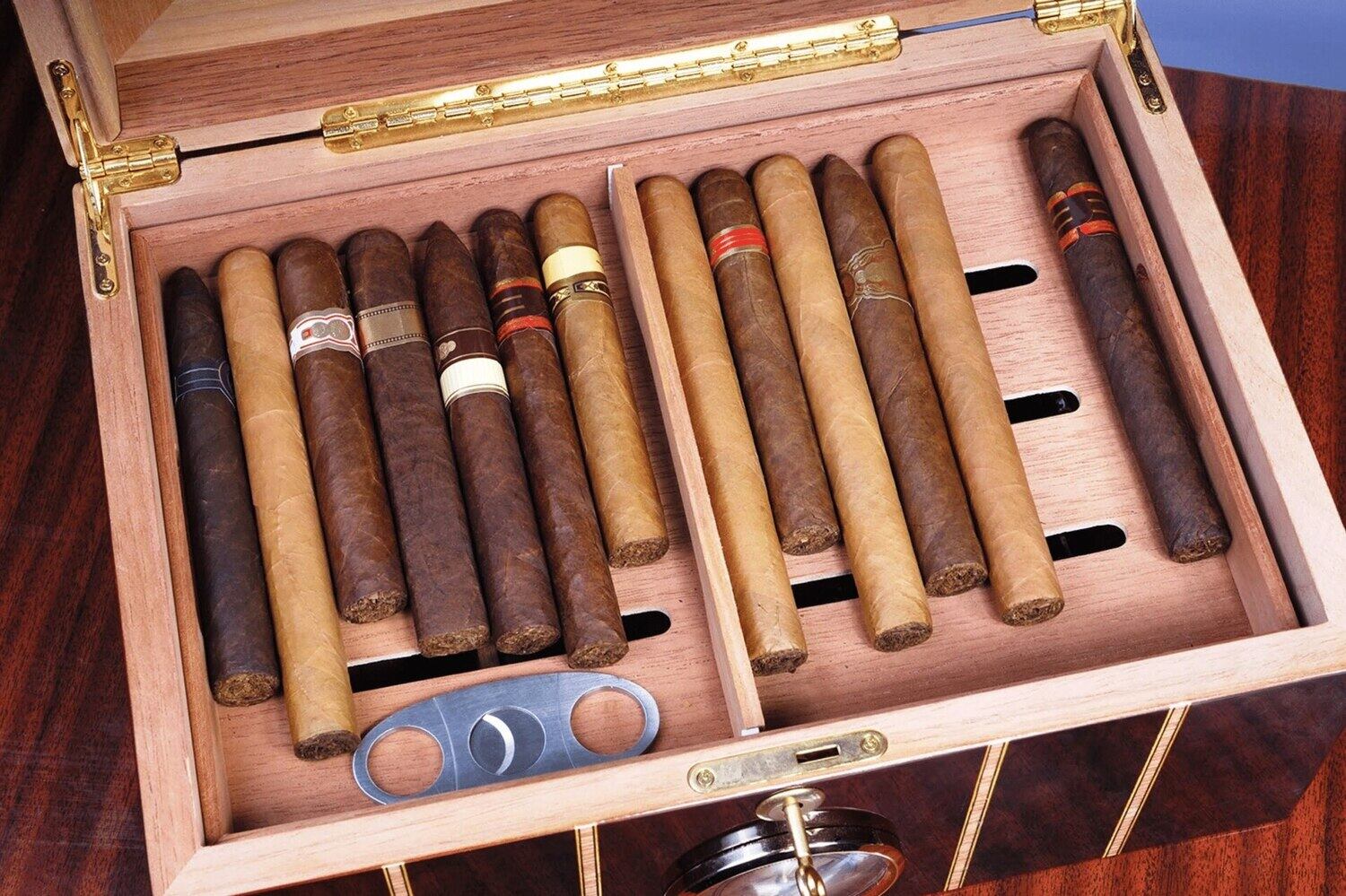
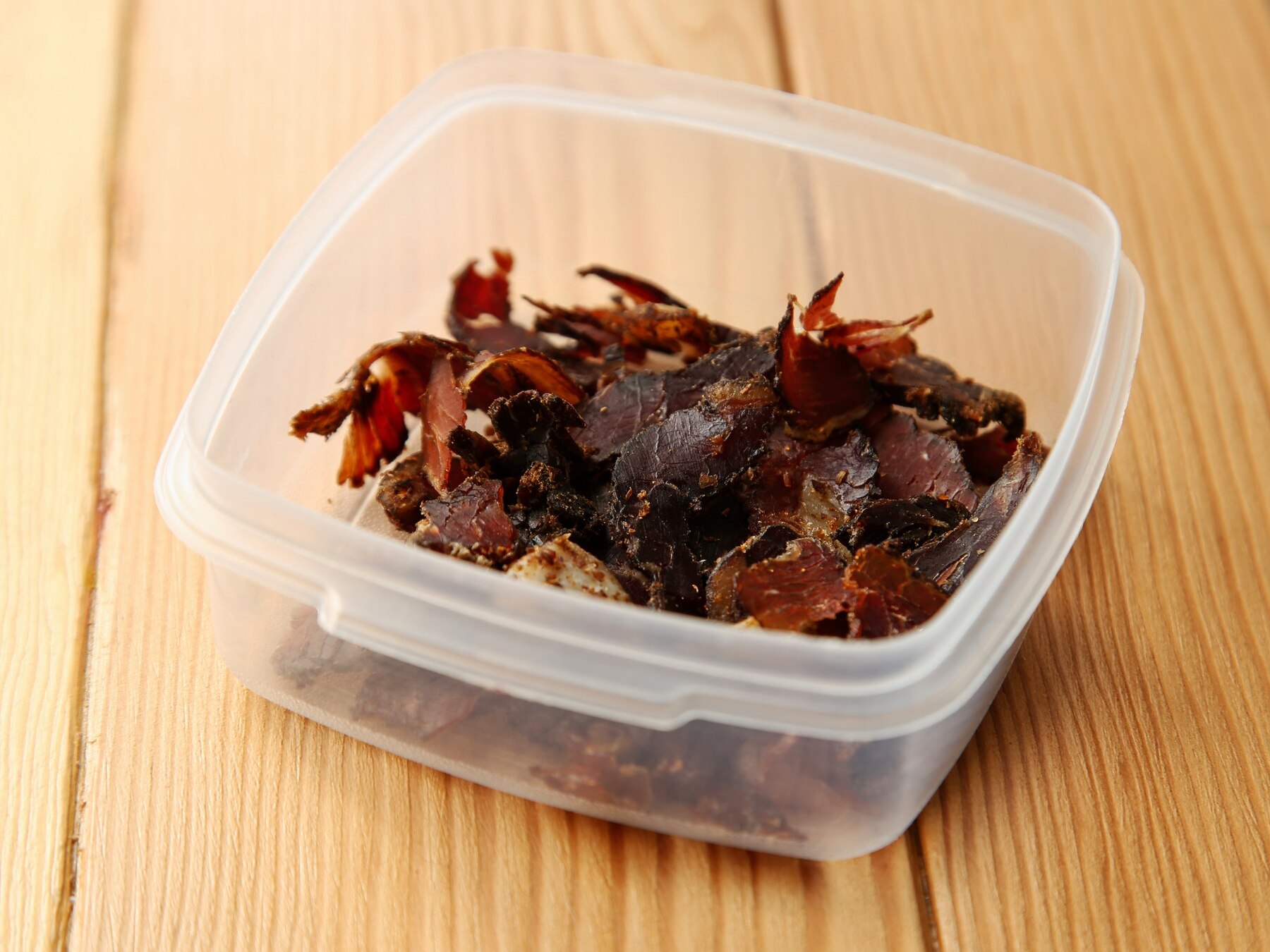
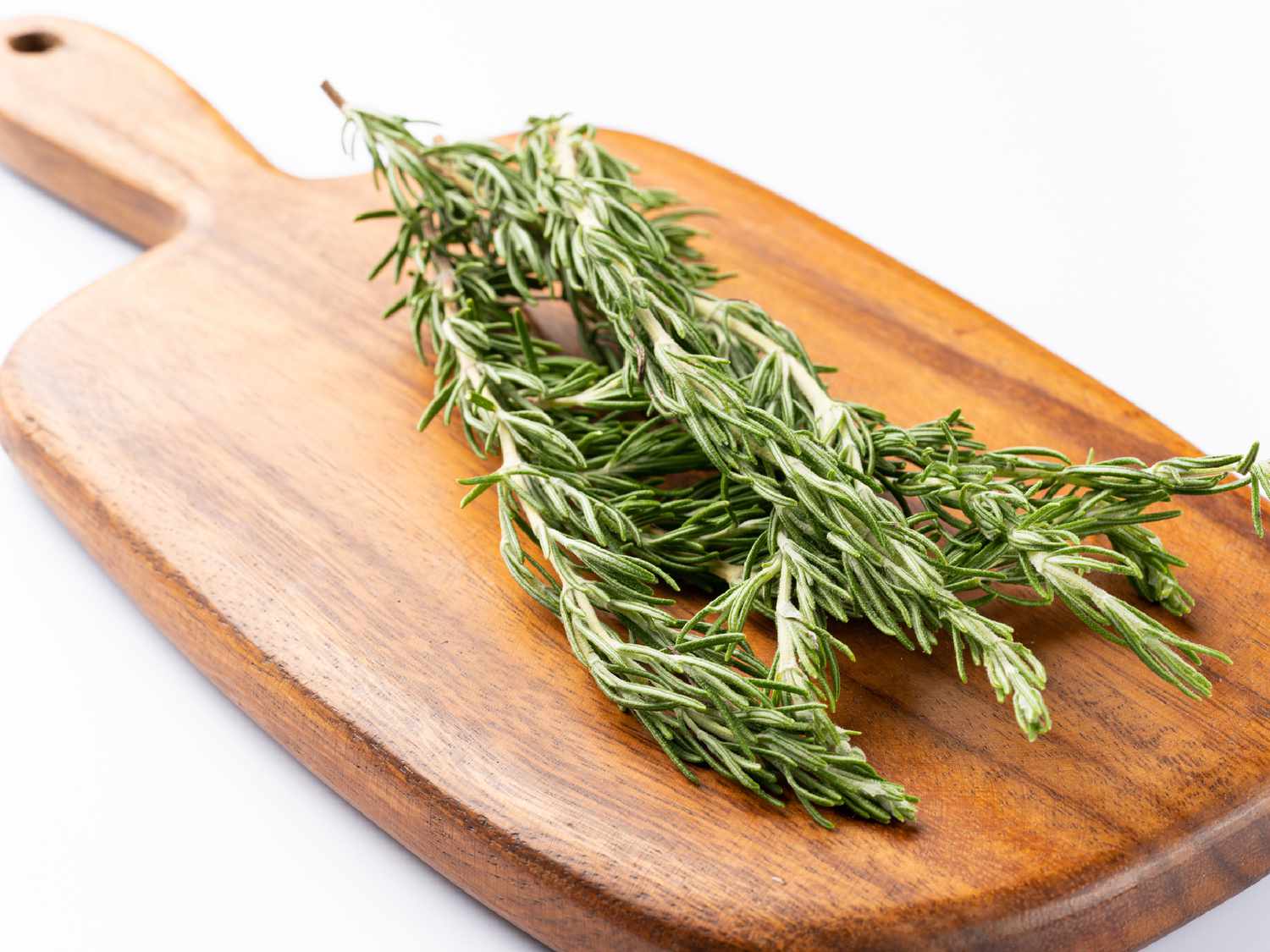
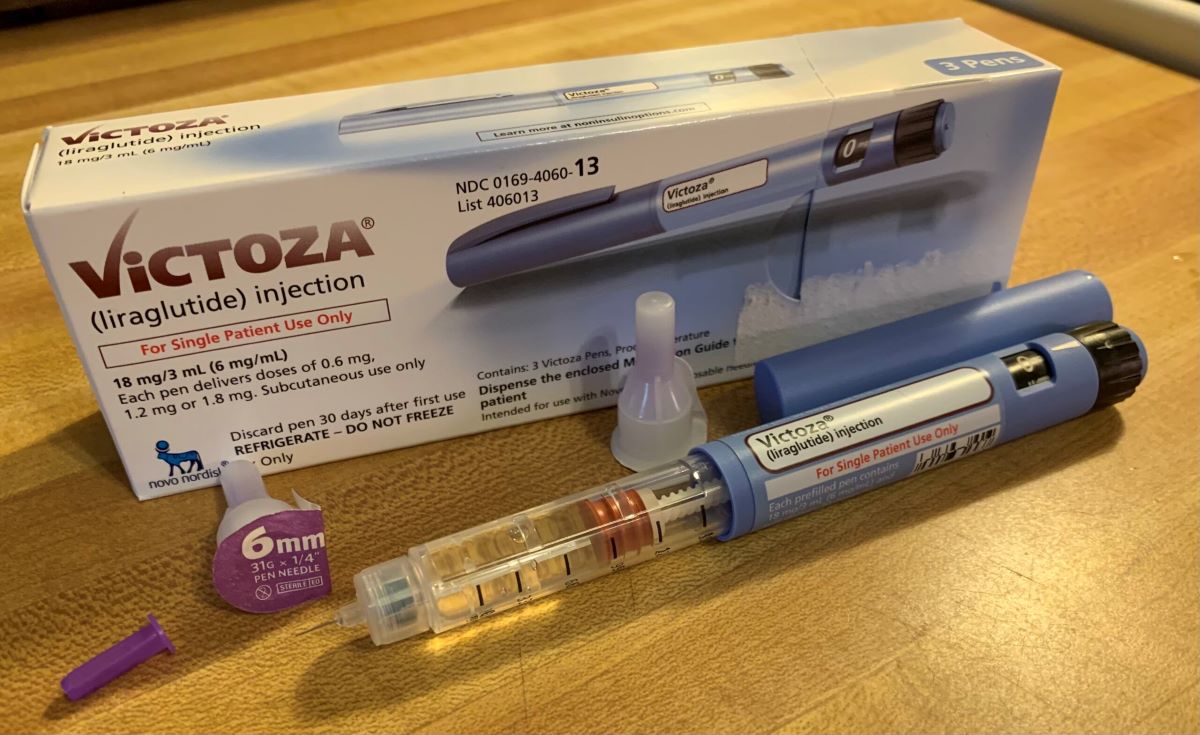

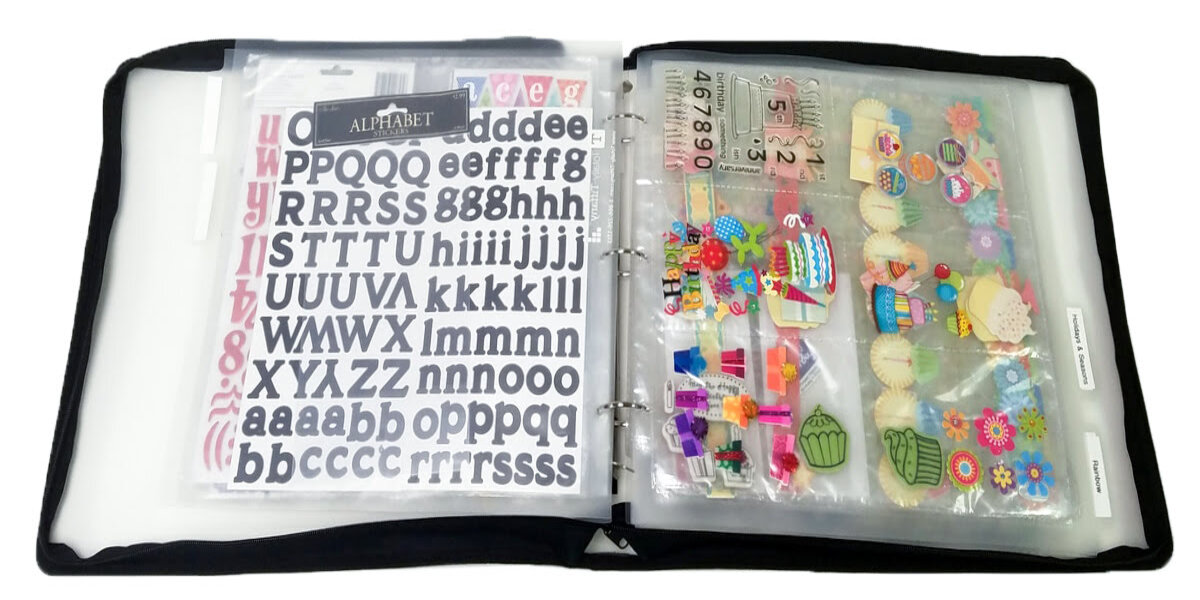
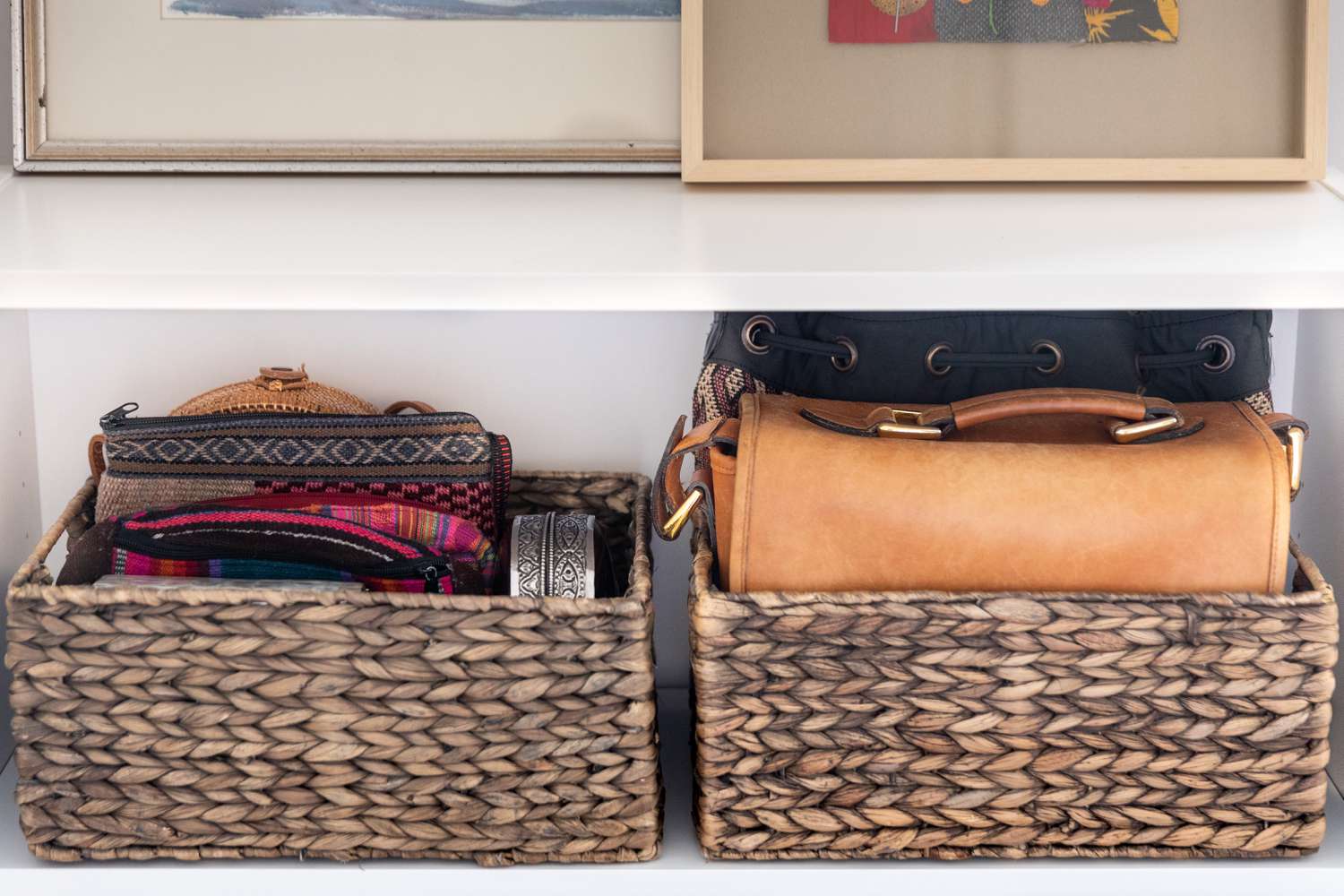
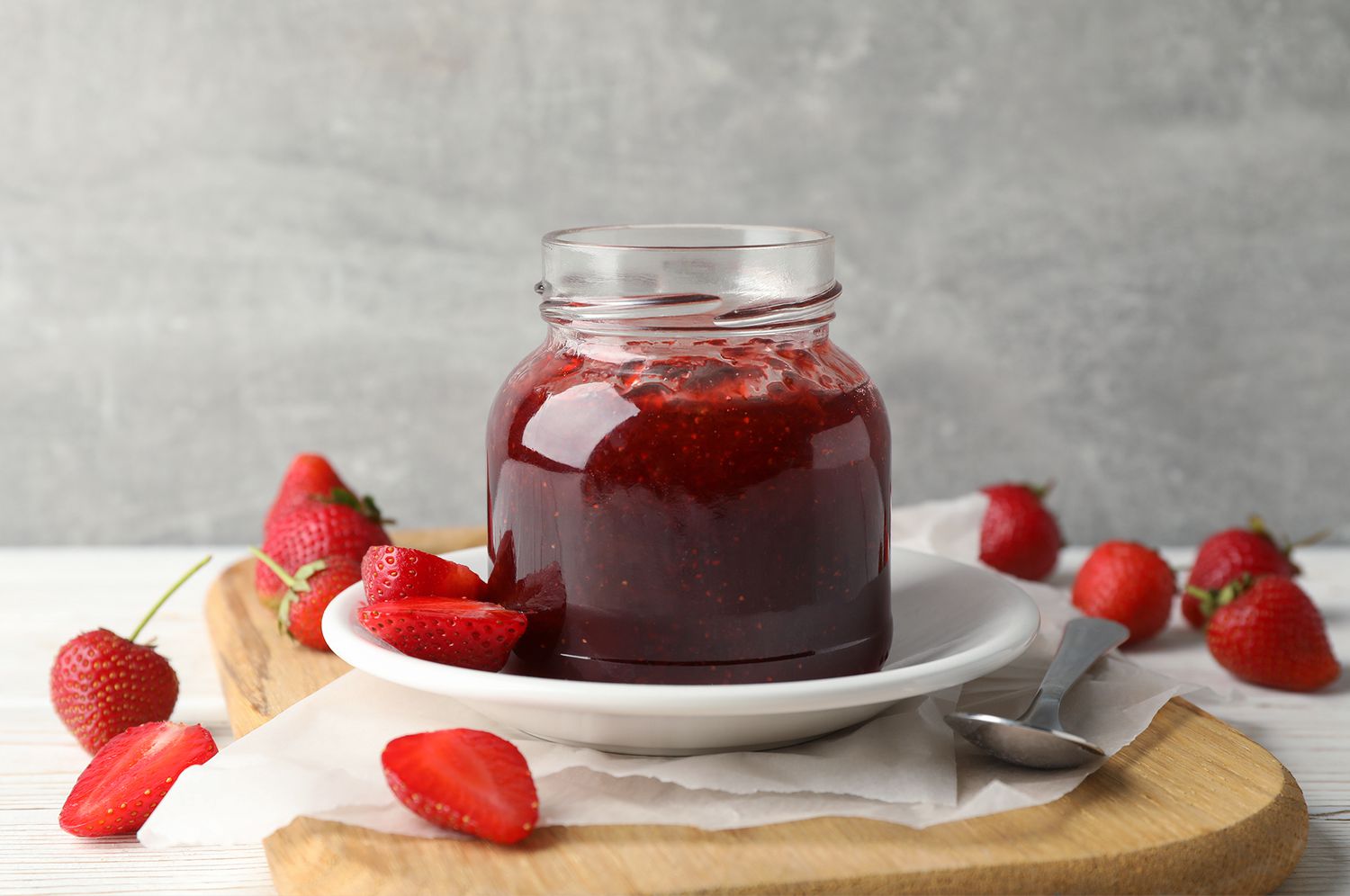
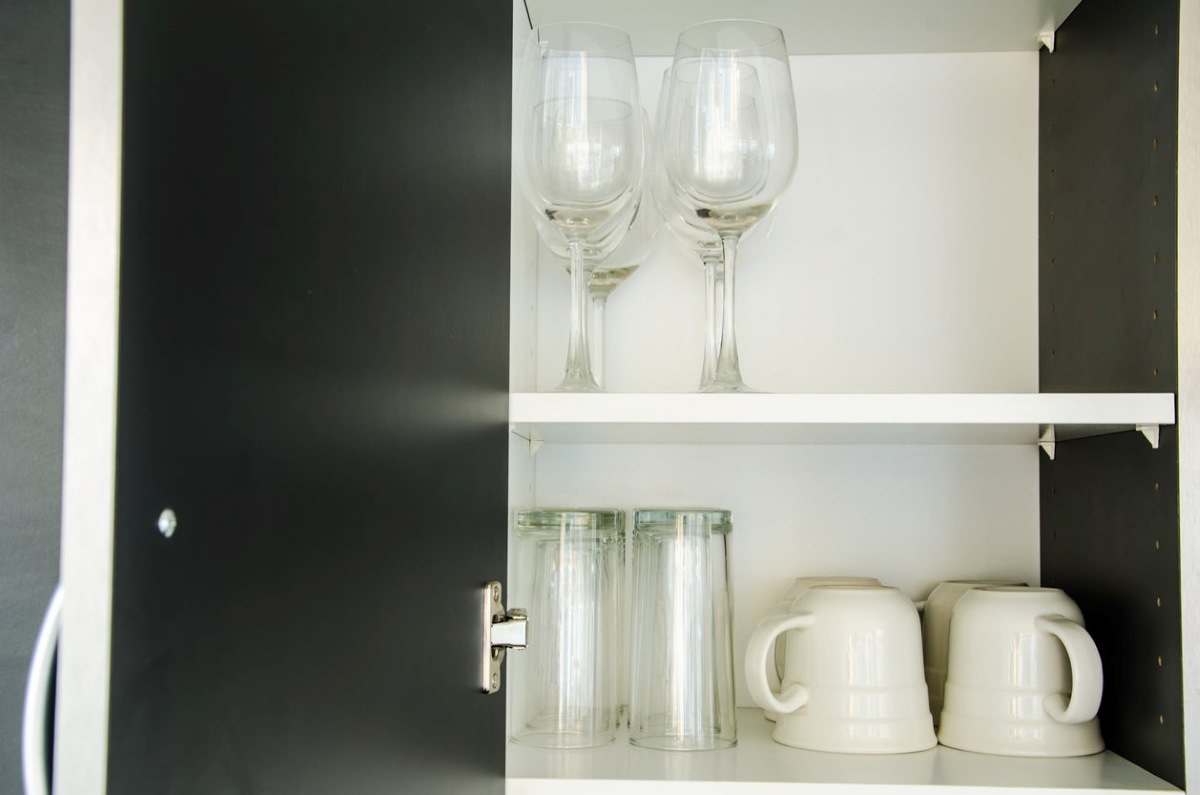

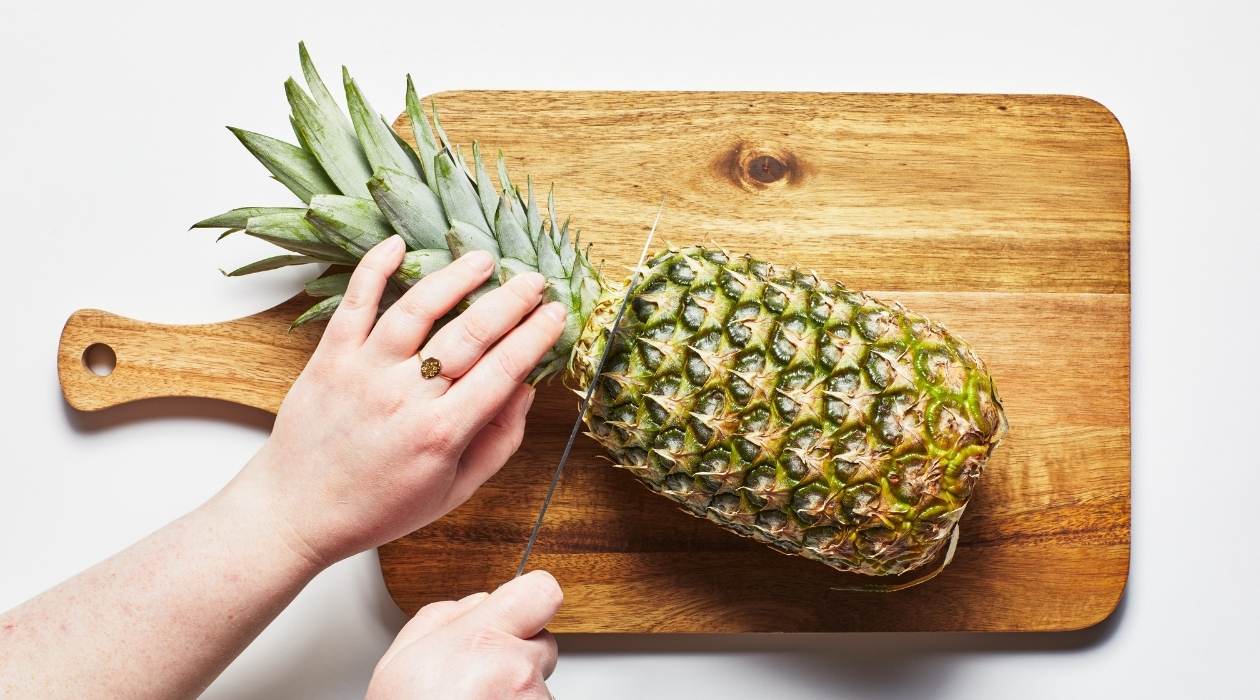
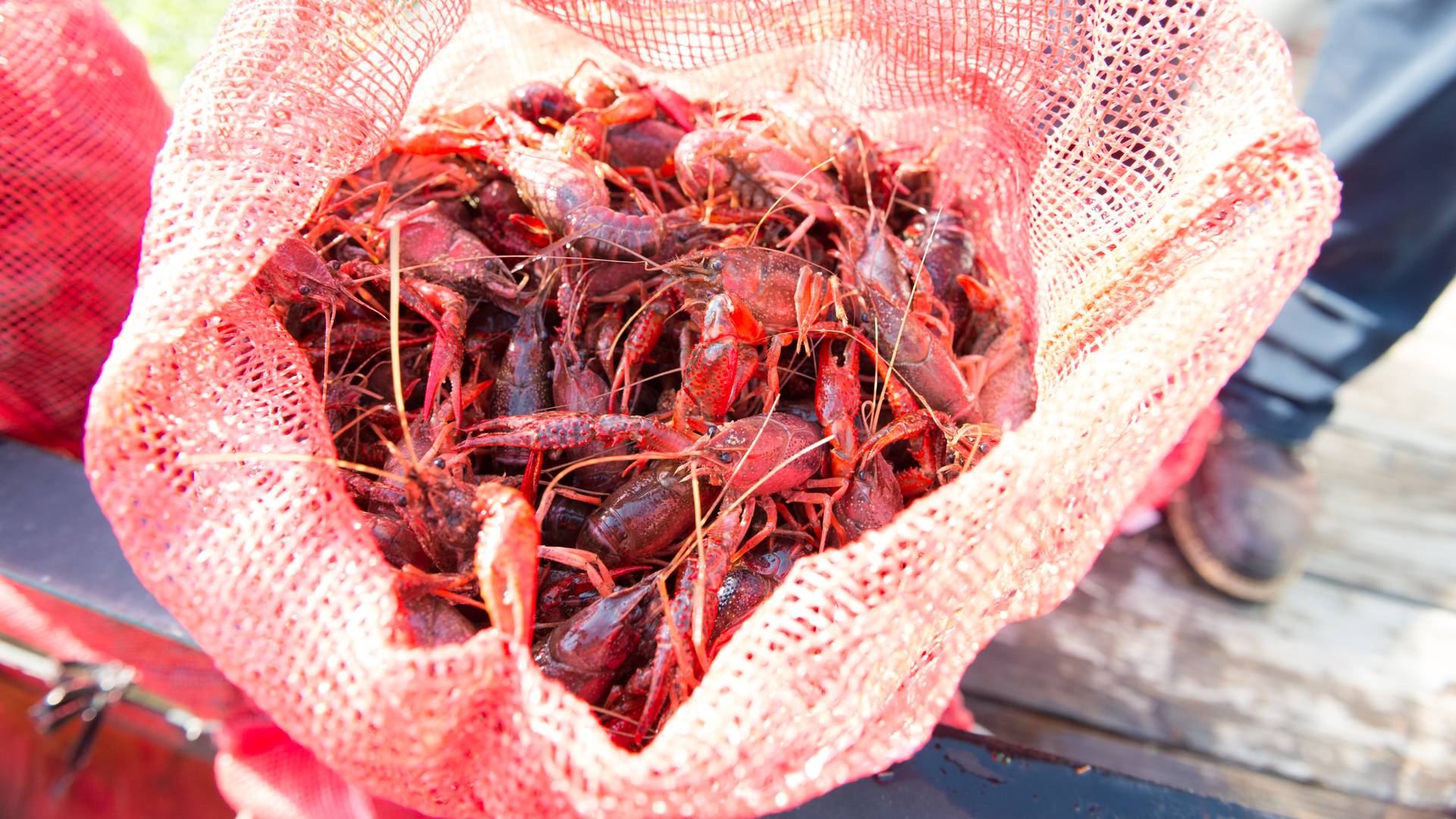


0 thoughts on “How To Store Cdna”